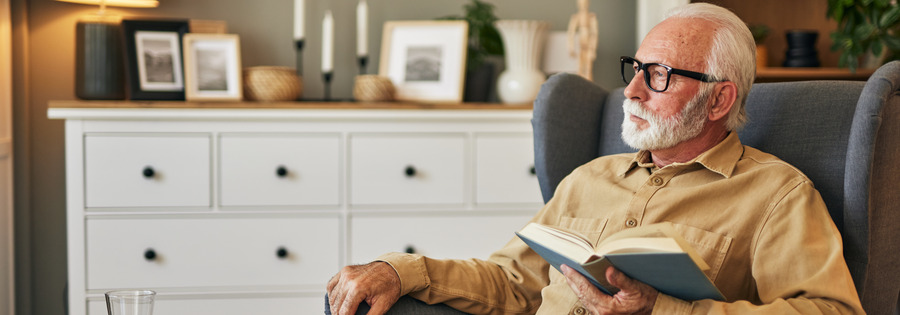
As the saying goes, “home is where the heart is.” It’s the place where we create memories, share laughter, and seek comfort. As our lives evolve, so too should our living spaces. The 2024 U.S. Houzz Kitchen Trends Study sheds light on a growing trend: homeowners are increasingly prioritizing home upgrades with longevity in mind. The study reveals a significant emphasis on designing spaces that not only cater to current needs but also anticipate the future requirements of aging household members. In this blog post, we will explore key findings from the study and discuss essential home upgrades that can make your living spaces more accommodating for the long haul.
The Growing Need for Aging-in-Place Renovations:
According to the Houzz study, a staggering 52% of homeowners anticipate special needs arising within the next five years. With this foresight, many are taking proactive steps to ensure their homes remain safe and functional as they age. Among those embarking on renovations, 27% cited special needs in the kitchen as the primary reason for their project, while 36% aimed to address future needs. It’s clear that homeowners are increasingly attuned to the importance of creating spaces that stand the test of time.
Universal Design Elements for Longevity:
To meet the demand for longevity-focused renovations, homeowners are turning to universal design elements that enhance safety and functionality. Here are some key features that respondents in the study incorporated into their homes:
1. **Pullout Cabinets (58%):** Easy accessibility is crucial, and pullout cabinets provide a practical solution, reducing the need for stretching and reaching.
2. **Extra Lighting (54%):** Adequate lighting is not only essential for aesthetics but also for safety. Well-lit spaces can help prevent accidents and improve visibility, particularly in areas like the kitchen.
3. **Wide Drawer Pulls (48%):** Arthritis and decreased dexterity can make small handles challenging to use. Wide drawer pulls are a simple yet effective solution, enhancing ease of use.
Additional Changes for Aging in Place:
In addition to the primary universal design elements, respondents also implemented the following changes to create homes that are conducive to aging in place:
1. **Nonslip Floors (37%):** Preventing slips and falls is a top priority, and choosing nonslip flooring materials can significantly contribute to a safer home environment.
2. **Rounded Countertops (34%):** Sharp edges can pose risks, especially for older individuals. Rounded countertops not only enhance safety but also add a touch of timeless design.
3. **Wheelchair-Accessible Doorways/Pathways (22%):** Ensuring ease of mobility is crucial for those with limited mobility or those who may require a wheelchair in the future.
4. **Lower Fixtures (14%):** Installing fixtures at a lower height can make them more accessible for individuals with limited reach or mobility challenges.
5. **Lower Countertop Height (5%):** Lowering countertop height is another strategic adjustment that can enhance the overall accessibility and usability of the kitchen.
Conclusion:
Investing in home upgrades with longevity in mind is a wise decision that pays off in comfort, safety, and peace of mind. The findings from the 2024 U.S. Houzz Kitchen Trends Study underscore the growing awareness among homeowners regarding the importance of accommodating aging household members’ current and future needs. By incorporating universal design elements and thoughtful adjustments, you can future-proof your home, ensuring that it remains a haven of comfort and security for years to come.



